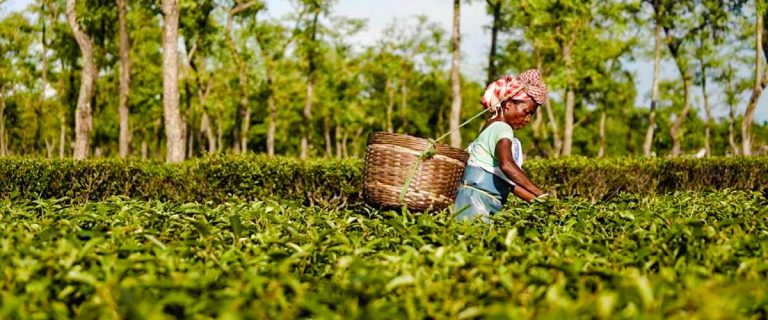Like any agricultural product, tea is harvested at various times of the year. The term associated with this in the context of Indian tea, especially Darjeeling, is ‘flush’. There are four major and two in-between flushes in India: spring, summer, autumn, winter are the main harvests with an intermediate flush occurring between spring and summer, and again, between summer and autumn.
First Flush or Spring Flush

In-between flush
An in-between flush occurs post the first flush and prior to the second, around late April and early May.
Second Flush or Summer Flush
This takes place in June. Darjeeling’s summer flush black teas have a remarkable and unique quality – the muscatel aroma. The term “muscatel” is used to denote a sweet palate note that is associated with muscat grapes. Although Darjeeling second flush teas are quite bodacious, Assam second flush teas bring on a healthy competition, with their bold body and strong flavors.

Monsoon flush
As the name suggests, monsoon flush teas are picked after the rains that follow summer. The leaves are more mature by this time and the tea is therefore strong-bodied. Monsoon flush teas from Assam, the Nilgiris and Darjeeling are processed through CTC method and used in blends.

Autumn flush
This flush marks the final harvest of the year in Darjeeling, around late October-early November. These teas possess a strong aromatic profile, notable floral notes, and a full, rich body.
Winter flush

Observed almost exclusively in the Nilgiri mountains of southern India, these teas are harvested from December to January. Quite the undiscovered treasure, the teas picked during this time from Nilgiri are intensely aromatic with sweet floral and fruity notes. These light-bodied wonders also bear a lovely texture.
Read more on the tea flushes here:
What’s the fuss about the first flush?
Summer in a cup
An interlude called autumn
The winter of our teas


Comments are closed.